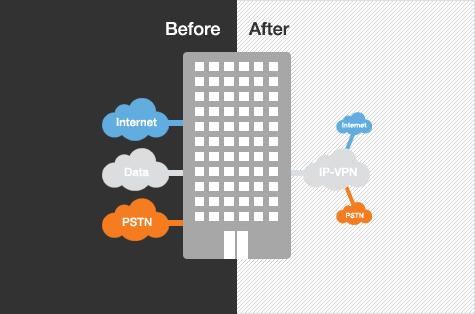Sponsor ContentSIP trunking is the next step forward in true network convergence, but how do you know if your network and equipment are ready for the transition?
 By Bruce McKay an excerpt from expertIP
By Bruce McKay an excerpt from expertIP
Any serious discussion about implementing SIP trunking for your business has to begin with an in-depth assessment of network readiness. Do you have enough bandwidth to run converged voice and data and still guarantee a high-quality voice connection? Are your network, connections and all legacy equipment compatible with SIP trunking?
Here are five ways to help determine if your network is ready for SIP trunking:
1. The Right Network
You need a high-quality Multiprotocol Label Switching (MPLS) network or Internet connection to run SIP trunking. For SIP over Internet, an Ethernet connection is recommended, as it takes advantage of ubiquity and availability, but you can run SIP over any Internet connection, provided you have enough bandwidth and low latency.
2. Network Preparedness Test
A network readiness test is essential to determine if your network is ready to carry both voice and data traffic. An experienced SIP provider can help you assess your communications infrastructure with a deep network assessment that will either confirm network readiness or recommend the next steps for SIP implementation. If you have an MPLS network, you may only need to add incremental bandwidth. If you still have a frame relay or ATM network, you might consider upgrading to MPLS and then running voice over MPLS to get a quicker financial return on your investment.
3. Voice Compatibility
Review your data network to ensure that it can properly handle various voice applications to make certain that your SIP trunking service will work in all call scenarios. Complex voice applications such as call transfer, message services, contact centre and especially speech recognition should be carefully evaluated and tested to ensure uninterrupted voice transmission.
4. The Right PBXs
Ensure that your Private Branch Exchange (PBX) or trunk gateway is compatible with SIP trunking. A service provider with an equipment certification program and test lab can help you determine if SIP trunking will work in your setting.
5. Class of Service
Make sure your potential SIP trunking service provider can provide Class of Service (CoS) capability to prioritize voice over data, an essential criteria for ensuring voice quality. MPLS networks provide end-to-end Class of Service capability for guaranteed service quality. Class of Service capability on the Internet access will ensure that spikes in Internet traffic do not adversely affect voice quality.
SIP trunking’s business-building benefits and IT efficiency gains are immediate and tangible, and now that SIP trunking is available via the Internet, smaller and midsize businesses can also reap the benefits without costly dedicated data networks. The most complex of these steps should be undertaken with an experienced SIP provider with the right certifications and vendor partnerships. You and your provider can then begin to move forward with a strategic deployment plan that ensures network and equipment compatibility, manages testing, creates an effective rollout and provides training for IT personnel.
Related Resources
SIP Implementation: Before & After Scenarios
Article and illustrations demonstrate the impact for single and multi-site companies. Read the article

